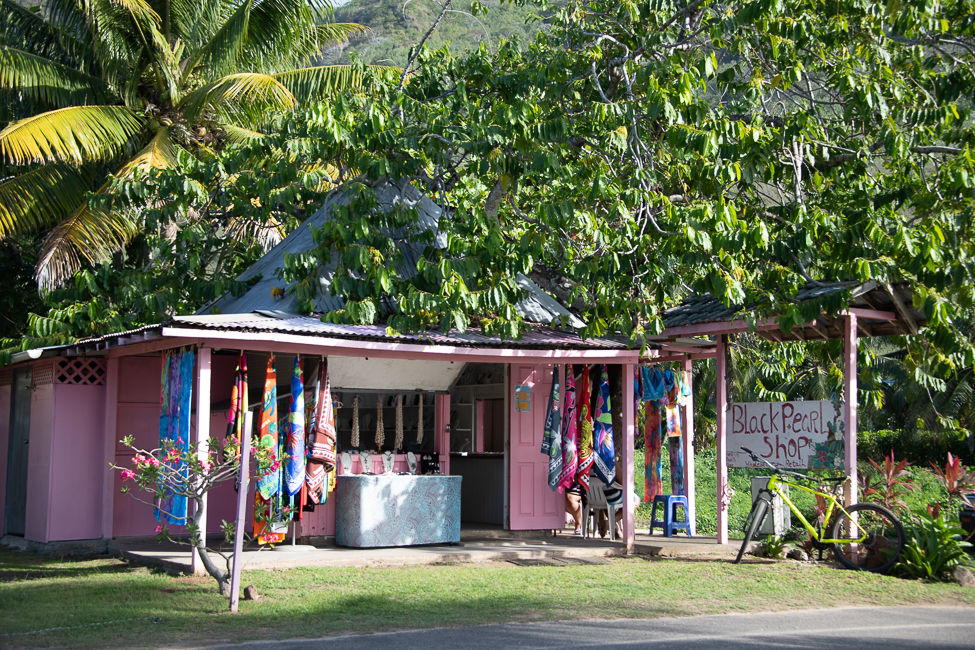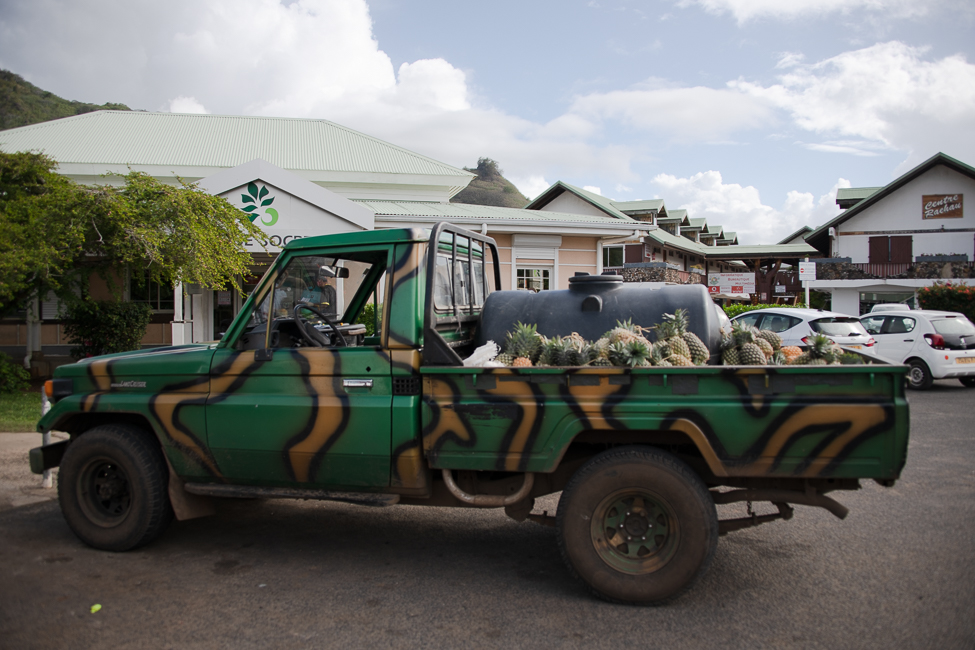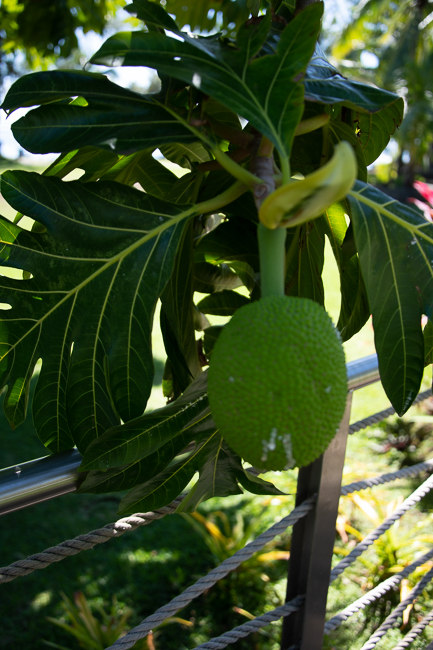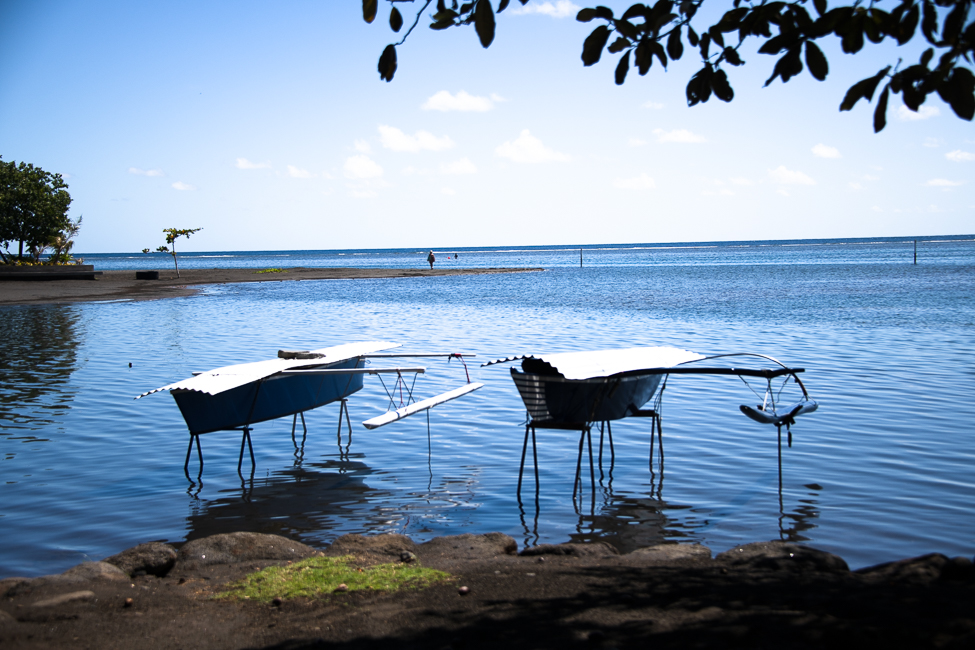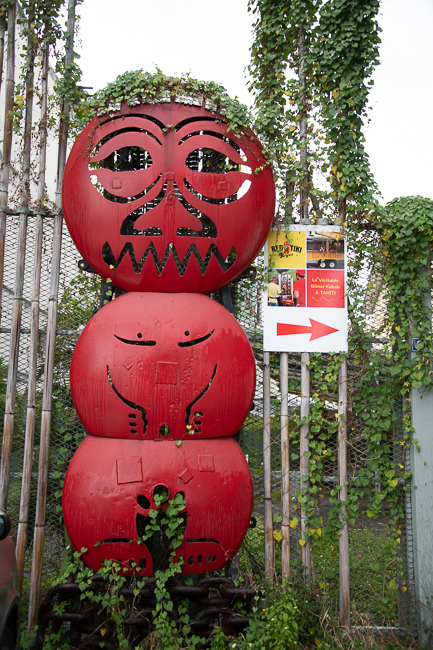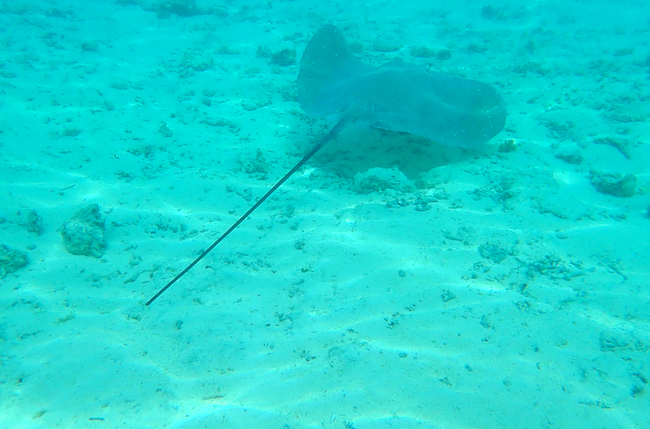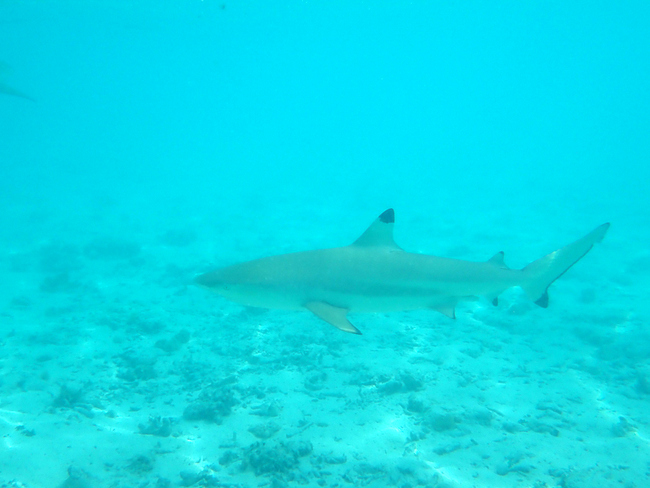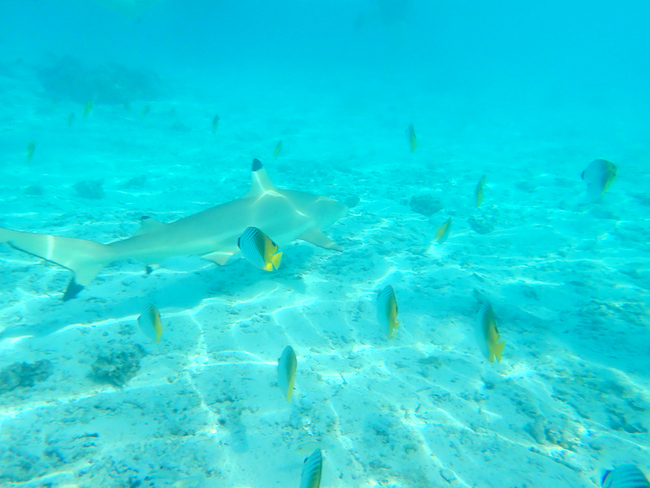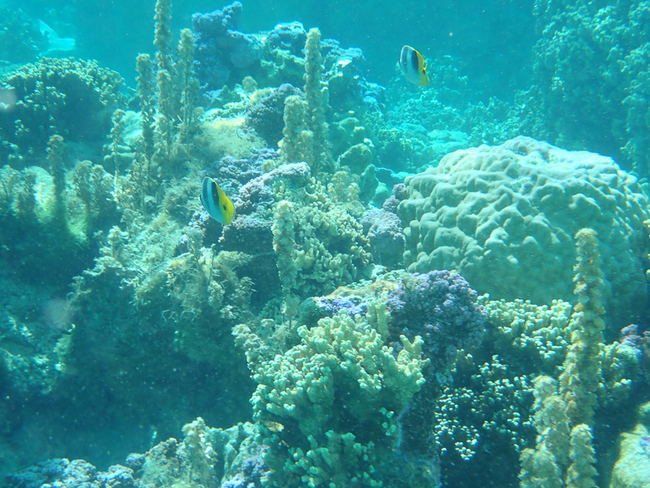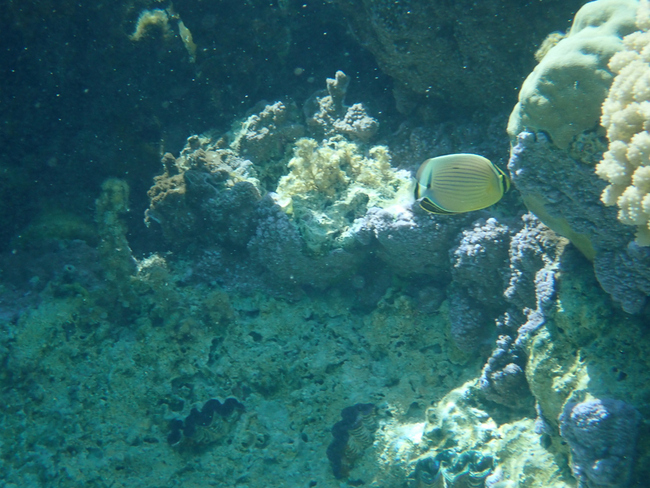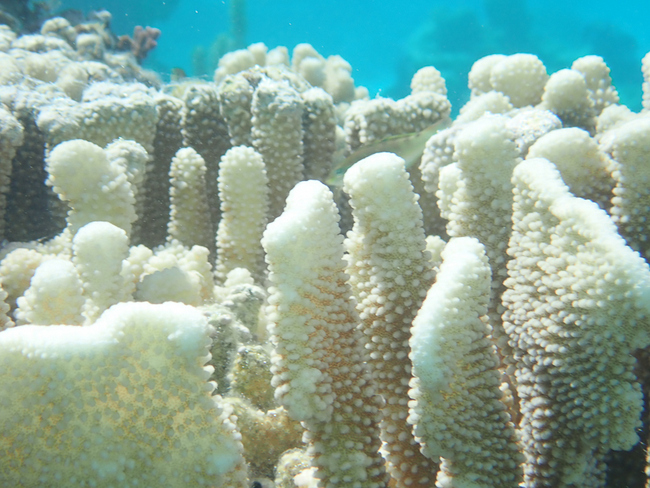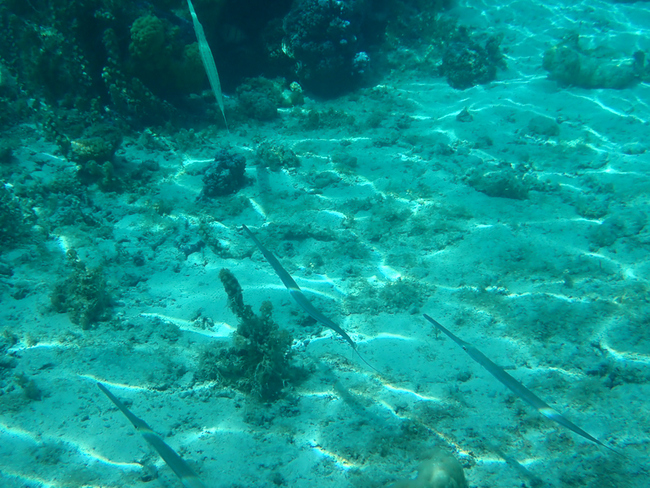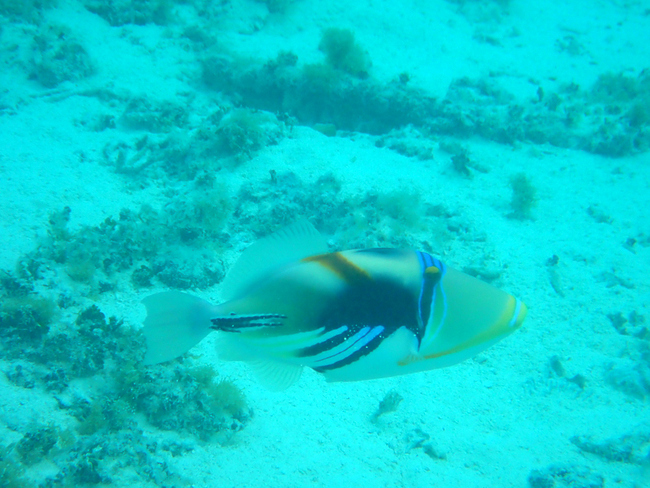August 2021
French Polynesia is a self-governing “overseas collectivity” of France that consists of five island groups – the 15 Marquesas Islands, the 14 Society Islands, the 78 islands of the Tuamotu Archipelago, the 14 Gambier Islands, and the 7 Austral Islands – scattered over nearly one million square miles of the South Pacific.
The center of the collection of islands called the Society Islands is Raiatea. It is the second largest of the Society Islands after Tahiti and it is likely the origin of migrations to the Hawaiian Islands, New Zealand and other parts of East Polynesia.
On the southeast coast of Raiatea is the UNESCO World Heritage site Taputapuatea marae. The islanders call these temples, and they can be found scattered all around each island.
The Taputapuatea Marae was established before AD 1000 and then saw significant expansion.The marae was not just a place of worship, but a place of learning where priests and navigators from all over the Pacific would gather to offer sacrifices to the gods and share their knowledge of the universe, and of deep-ocean navigation.
An alliance known as Ti’ahuauatea was established with the surrounding islands which included the Cook Islands, the Australs, Kapukapuakea in Hawaii, and Taputapuatea in New Zealand. New marae were established on each of these islands with a rock being taken from Taputapuatea, Raiatea, to act as a spiritual link. ‘Oro priests from the islands gathered here periodically, participating in human sacrifices to ‘Oro.
That alliance was finally broken when fighting broke out at a gathering and the two leading high priests representing the alliance were killed. The people of Ao-tea fled the island, leaving via the reef passage of Te Ava-rua rather than the sacred passage of Te Ava-mo’a, which was considered a bad omen.
Around 1763, warriors from Bora Bora attacked the island, defeating Tupaia, and ransacked the island, destroying the god-houses at Taputapuatea, wrecking the platform, and cutting down the sheltering trees
French Polynesia had an oral tradition of history, so it is hard to discern its true ancient history vs myth.Through genetic testing and several other scientific discoveries it appears the first people to set eyes on Tahiti and French Polynesia’s other isolated islands migrated from Southeast Asia, specifically Taiwan, roughly 4,000 years ago.
It took several centuries for all of the South Pacific islands to be settled. Englishman Samuel Wallis was the first European to arrive in Tahiti in 1767. Although Tahiti became a French territory called New Cythera in 1768, it fell back into English hands the following year during Captain James Cook’s voyage to the Society Islands.
During the 18th century, visitors included, English naturalist Charles Darwin, American artist Alfred Thomas Agate and Frenchman Paul Gauguin.
The Europeans introduced guns, alcohol, and many fatal diseases to the Tahitians, such as smallpox, influenza, and typhus. However, the Europeans also gave Tahiti greater economic stability a written language and ended traditional child sacrifice and cannibalism. The Tahitians spent many years fighting the French, who declared the island a French protectorate in 1843 and forced King Pomare V to cede Tahiti’s sovereignty to France in 1880. King Pomare V, Tahiti’s last monarch, died in 1891.
Today this area is known primarily for its beautiful snorkeling and diving, stunning beaches with water as clear as can be.
*
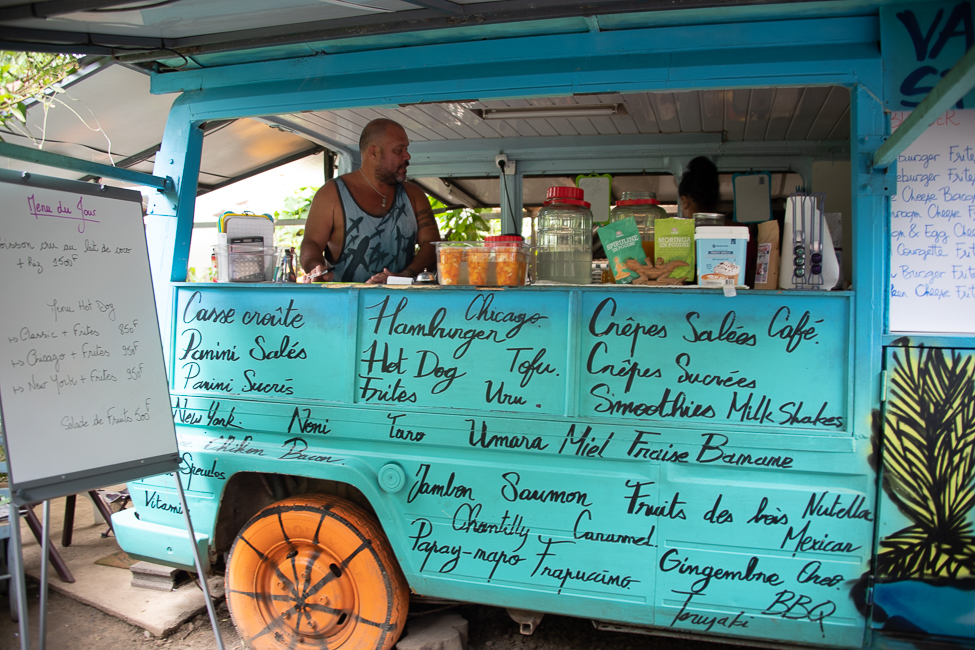
French Polynesian food is filled with exotic tropical fruits and vegetables and a variety of fish and sea food cooked in traditional Polynesian style with a bit of French flair thrown in.
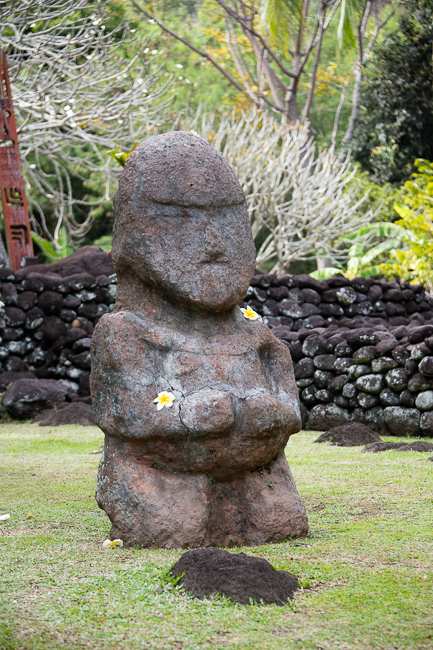
The traditional tiki of the Society Islands would have been wood, so they did not survive. These stone replicas can be found at many of the temples.
In ancient times fisherman would form dams of rocks to force the fish into small areas when the tides came in. These were in the shape of a V. They could then scoop the fish out with nets. These dams are being restored for archeological purposes, and are being used today by fisherman on the island of Huahine.
Copra is the Indian word for coconut. The word copra refers to the dried coconut kernels that eventually produce coconut oil. Traditionally, the coconut kernels are sun-dried before the oil, also known as copra oil, is pressed out. The hairy husks are also worked to form rope, however, in the Society Islands, this part of the copra process is more often done for personal uses, not commercial.
A primary objective of James Cook’s first voyage, in Endeavour, was to observe the 1769 Transit of Venus from the South Pacific. Cook anchored in Matavai Bay on April 12th 1769 established an observatory, and a fortified camp called “Fort Venus”, giving the area the name “Point Venus”.
The “Point” consists of many monuments to European settlers and stunning black sand beaches
The lighthouse was built in 1867 by Mangarevian workers. It was the first lighthouse in the Southern Pacific, and it is still active today. During World War II when the Japanese navy were intending to land on the island of Tahiti, islanders camouflaged the lighthouse, that at the time sat in a Palm Tree grove, by painting coconut trees on its four sides.
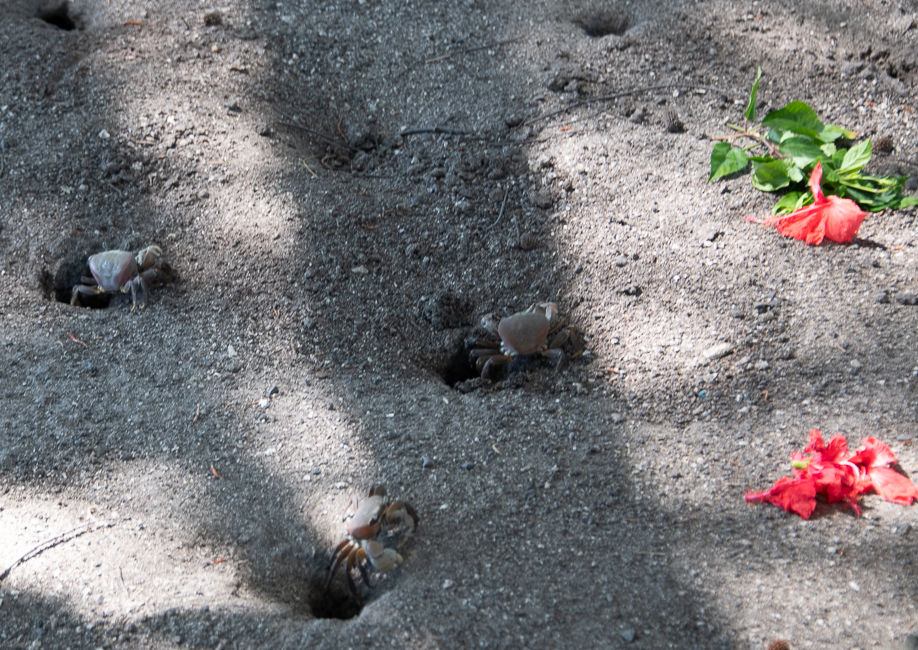
Sand crabs will go for anything they can find and drag it into their burrows This includes items that may have fallen off of the laundry line, or even shoes left carelessly out within their reach.
Interestingly, tourism is not the main source of income for the French Polynesian Islands. The Hawaiian islands receive in the neighborhood of 10 million visitors per year, French Polynesia only receives around 250,000 per year. The population of the Society Islands is around 276,000.
After the 1941 attack on Pearl Harbor, the United States chose the island of Bora Bora to serve as a military supply base under the covert name “Operation Bobcat.” The island was stocked with ships, equipment, an airstrip, and more than 7,000 soldiers, although it never saw combat. The army base was closed in 1946, but its influence is still felt on the island including the only 19-mile road build around the island and the now closed international airstrip.
There are no native fruits or vegetables on the Polynesian Islands. Taro root and fish was the staple of the population prior to Europeans landing. Europeans brought all the tropical fruits and vegetables now so enjoyed as well as pigs and chickens. James Cook left the first 2 cows on the islands.
Snorkeling
There had been considerable rain coming down from the mountains so the water was running rapidly and making it somewhat cloudy, but the sites were still spectacular.
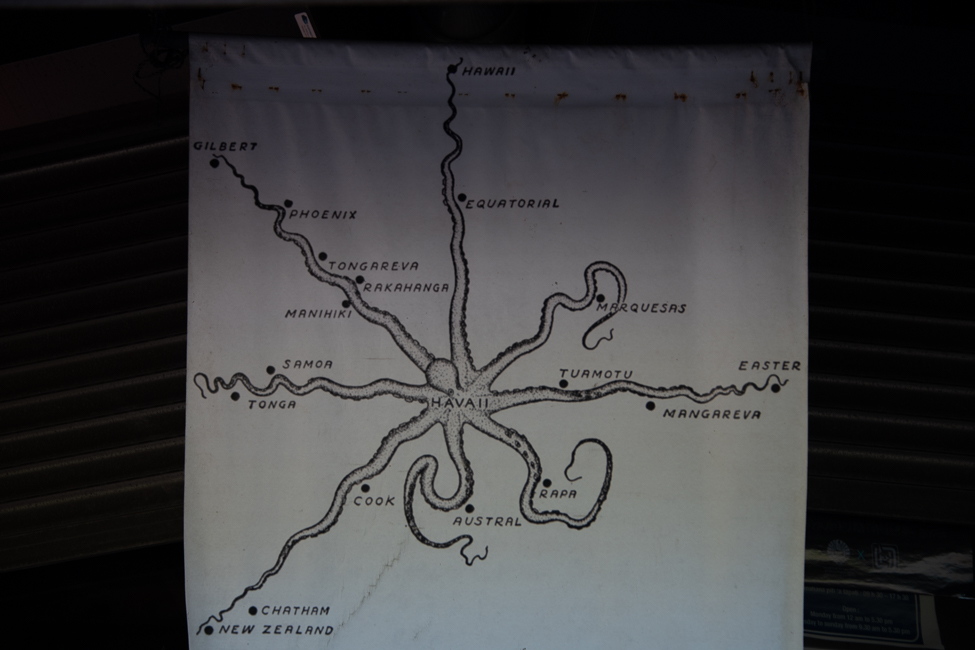
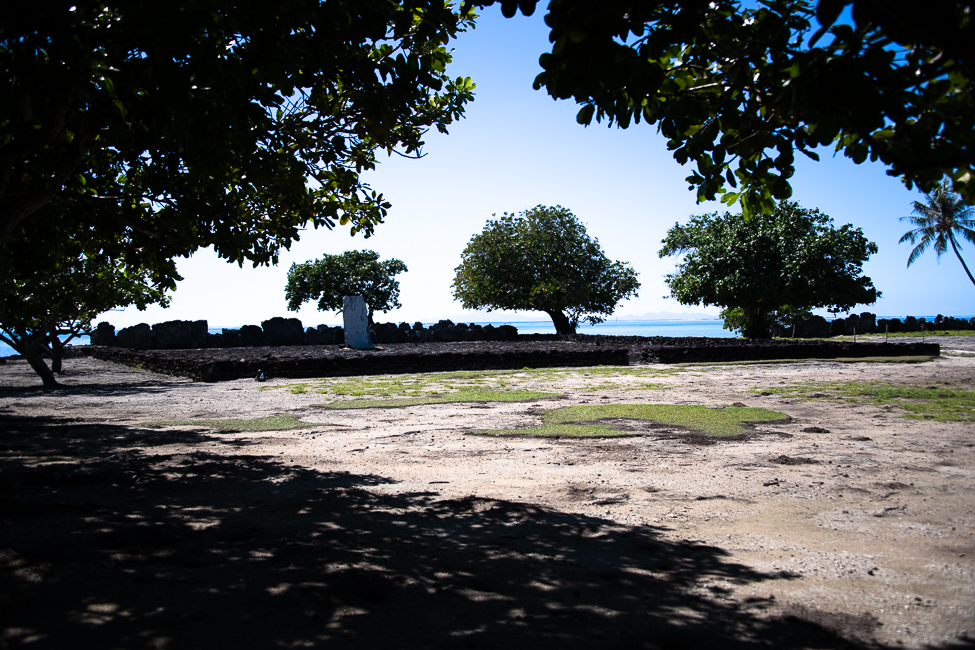
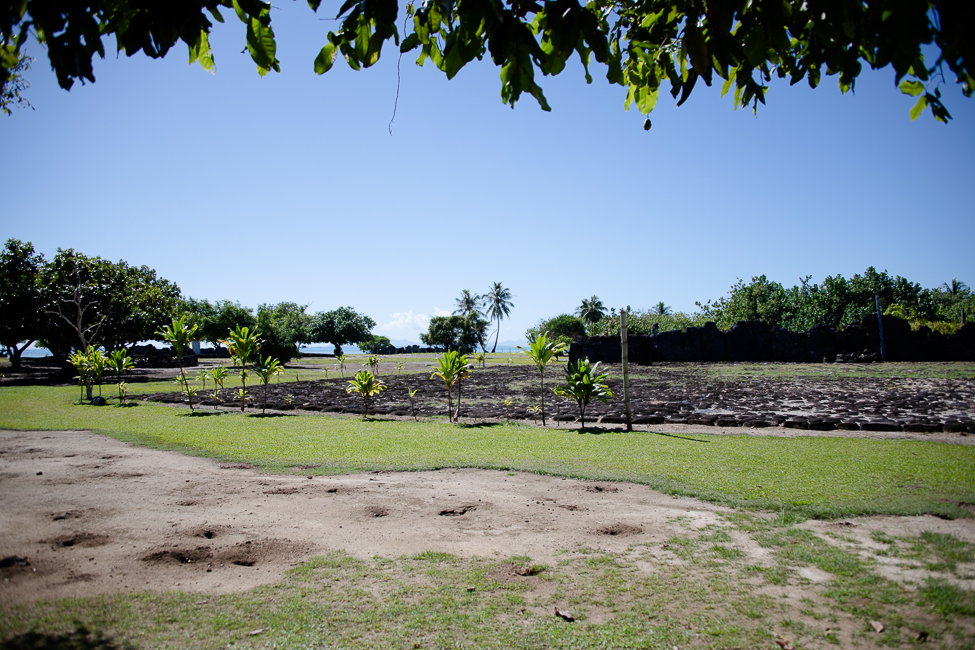
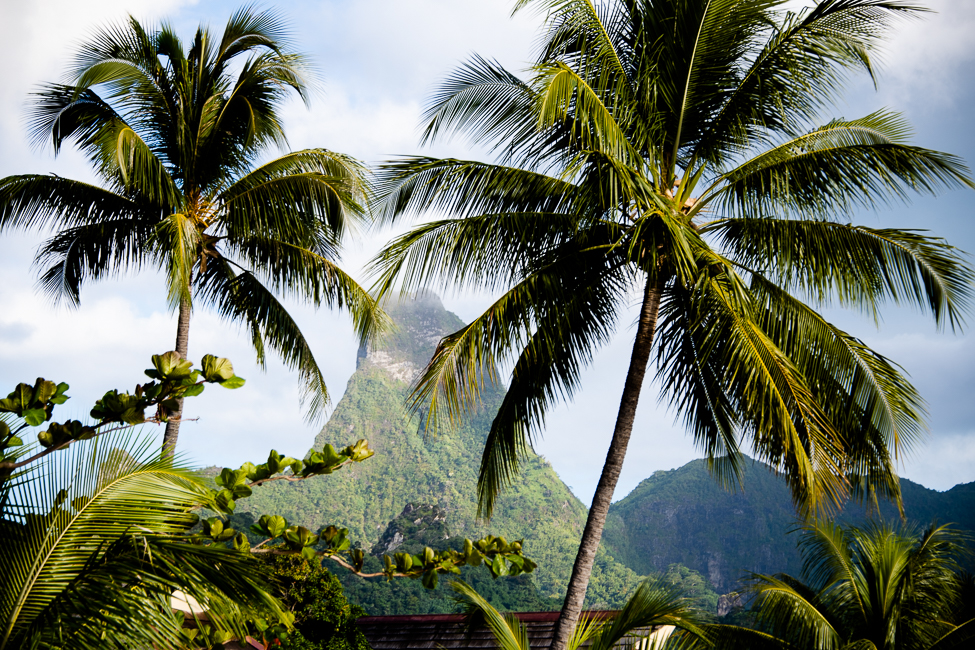
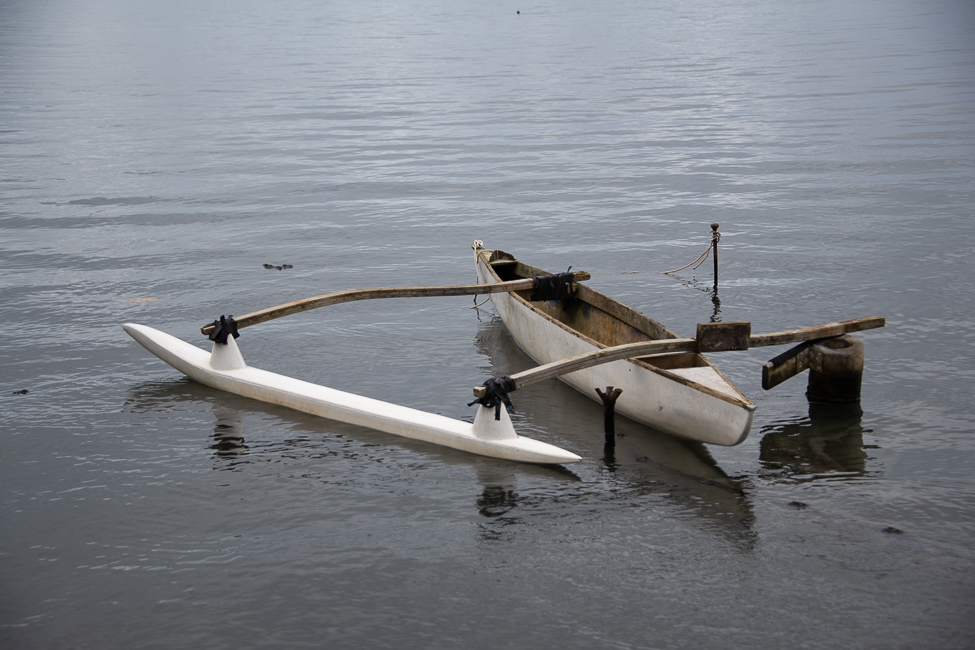
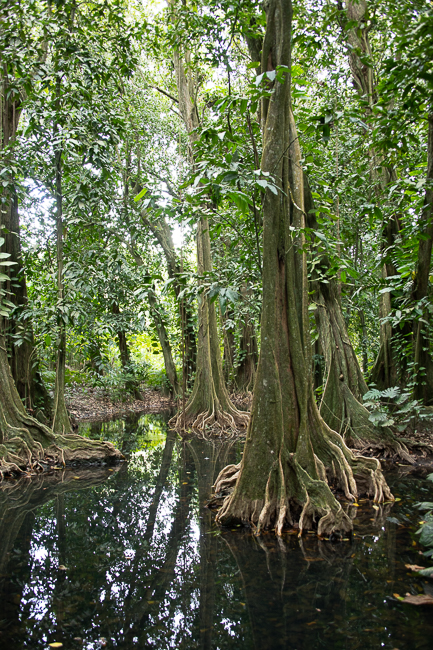
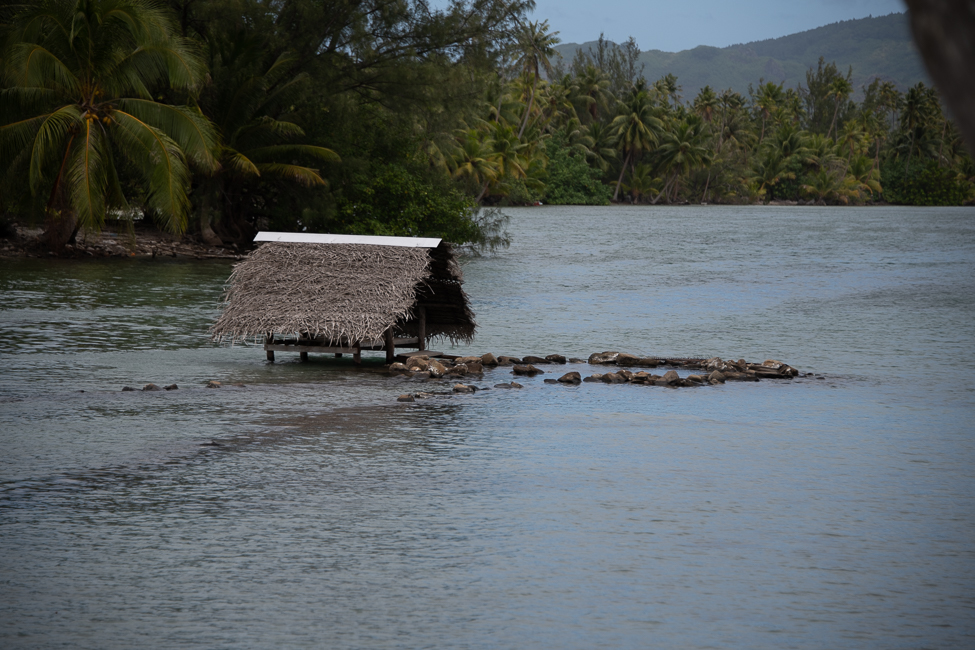
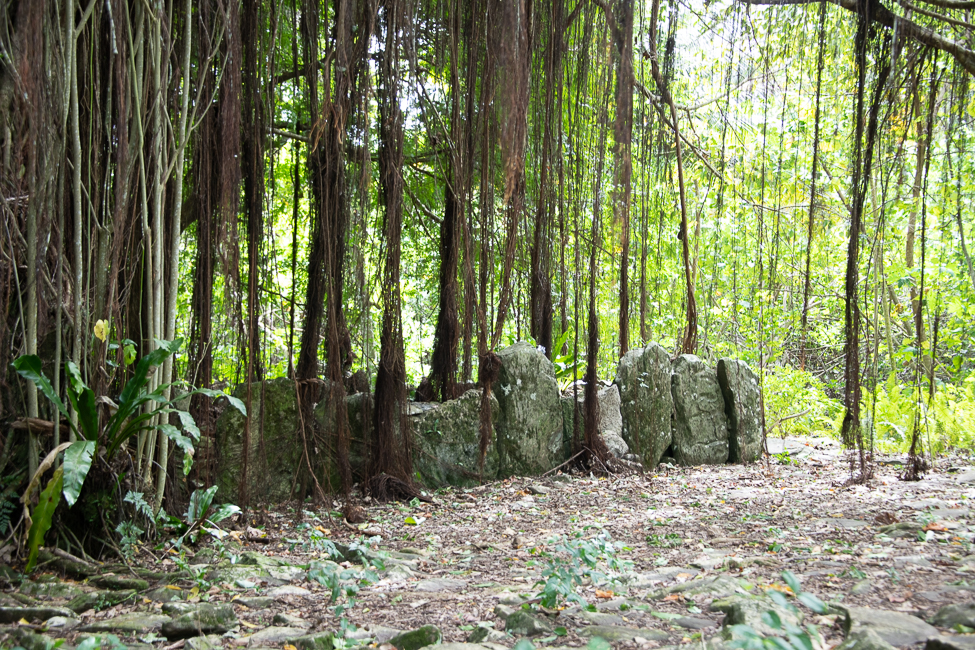
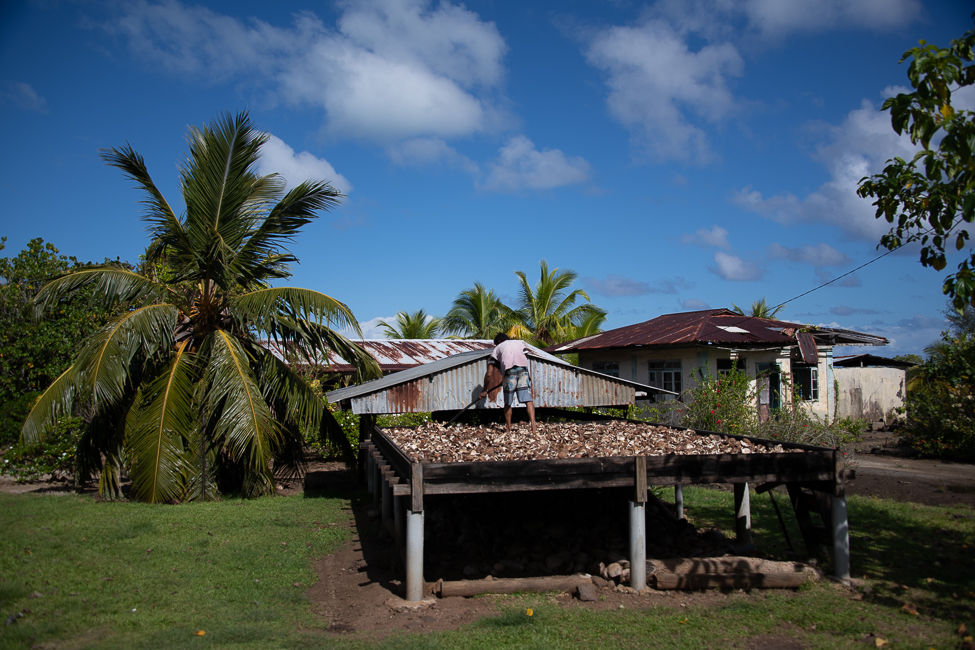
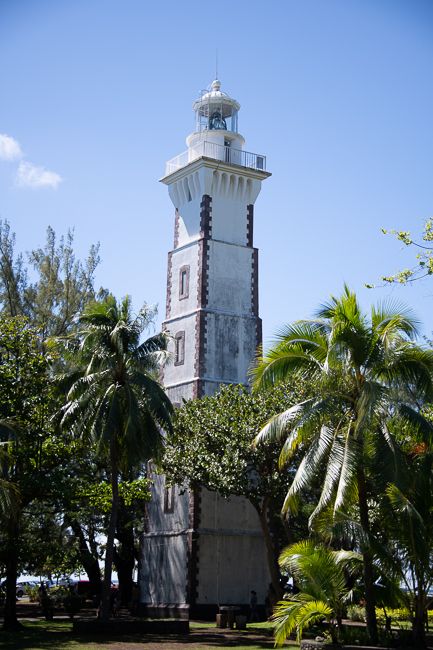
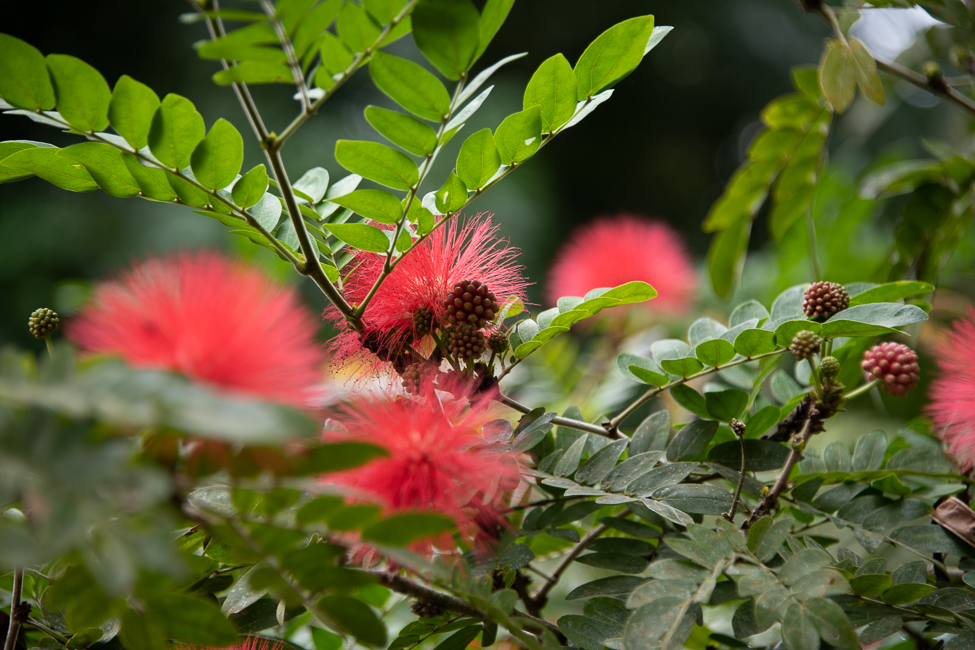
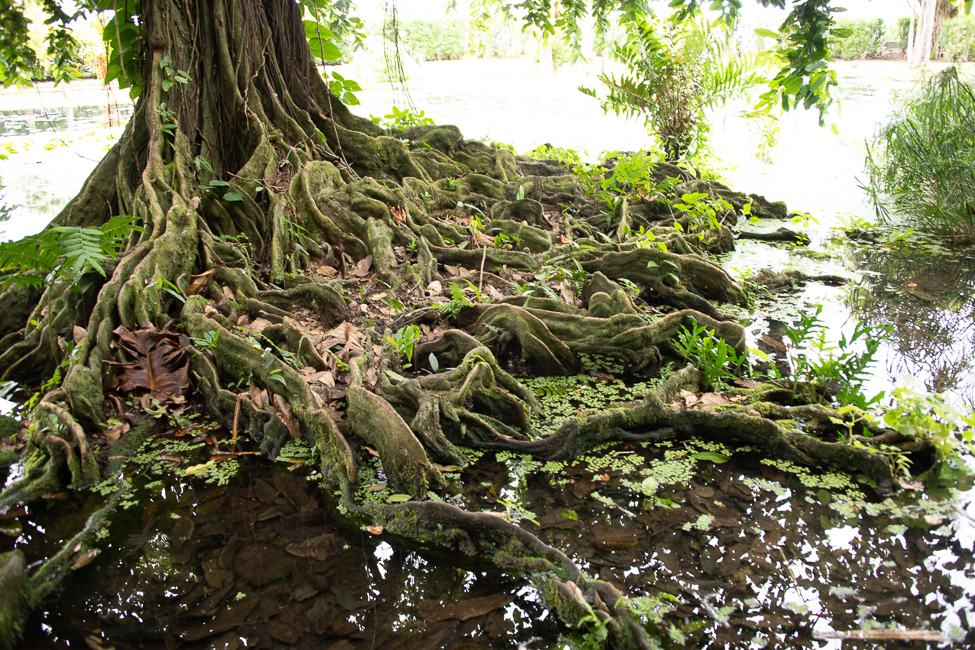
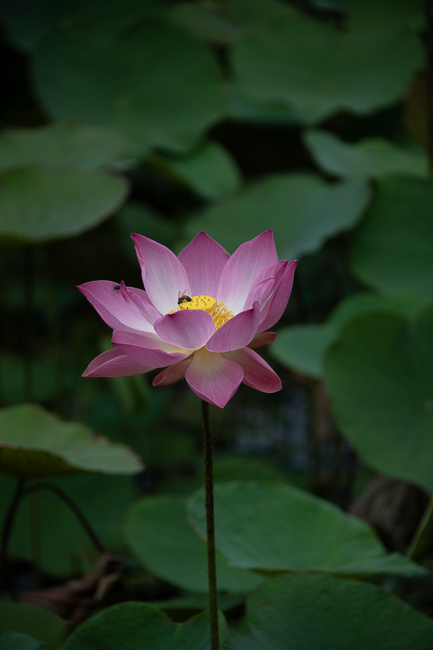
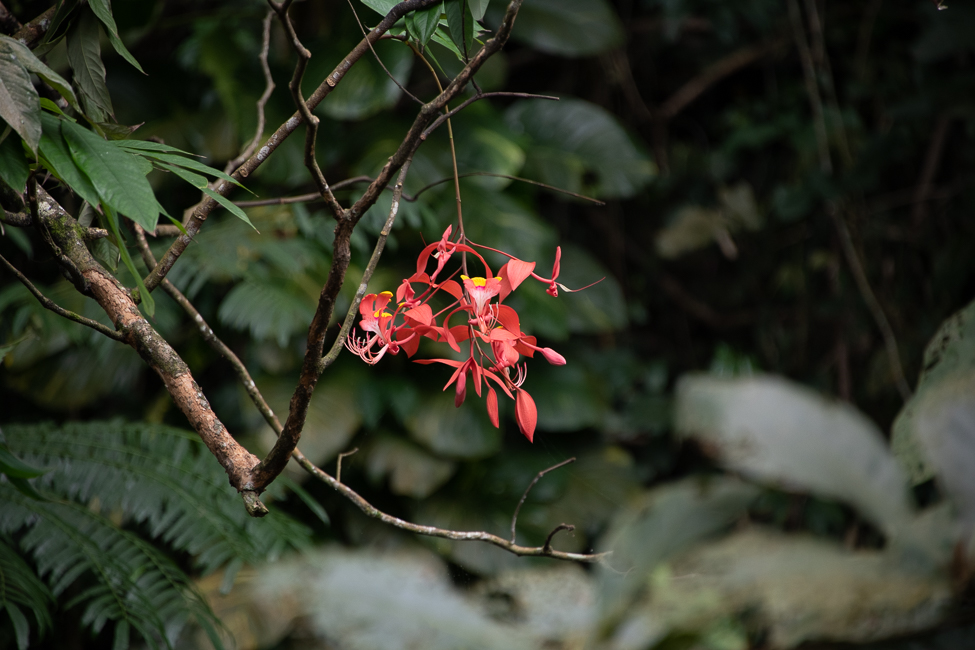
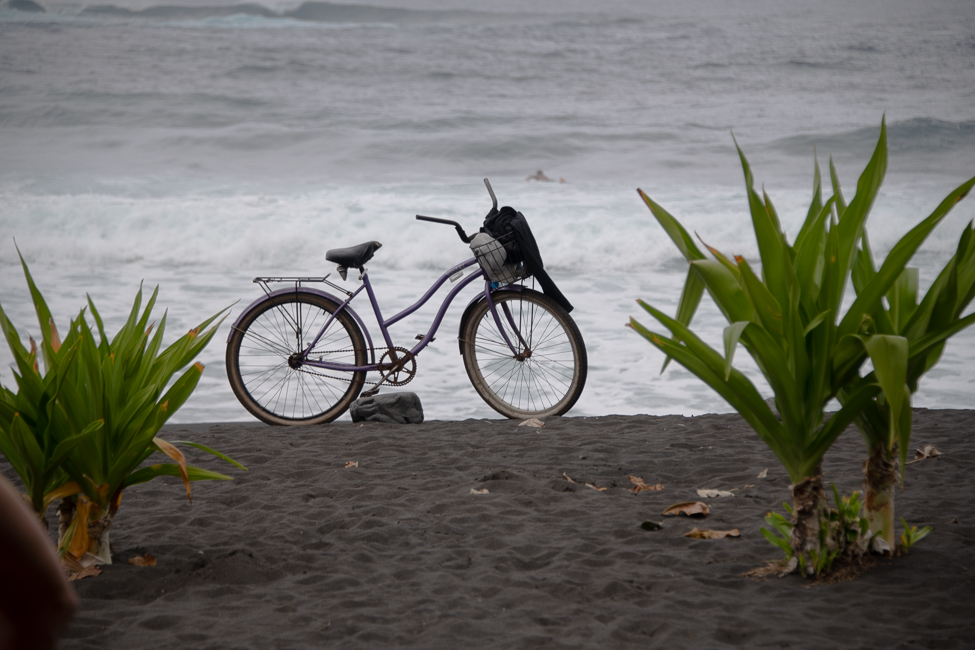 *
*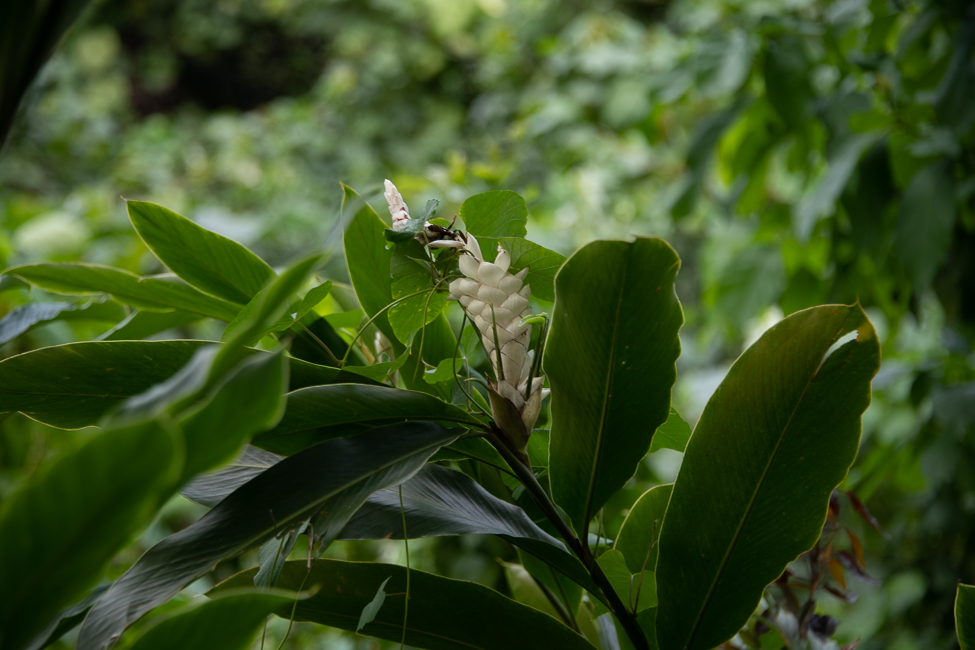
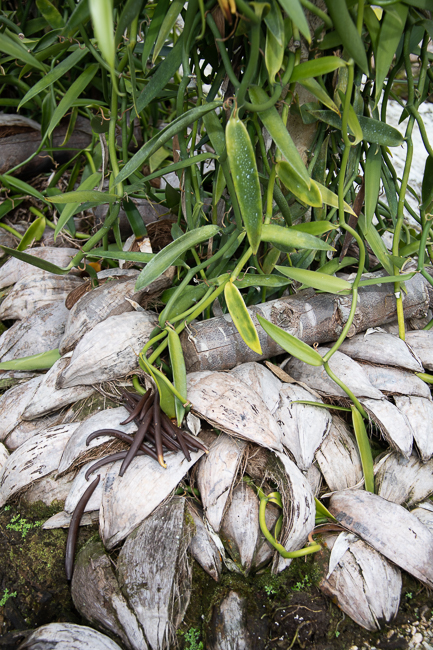
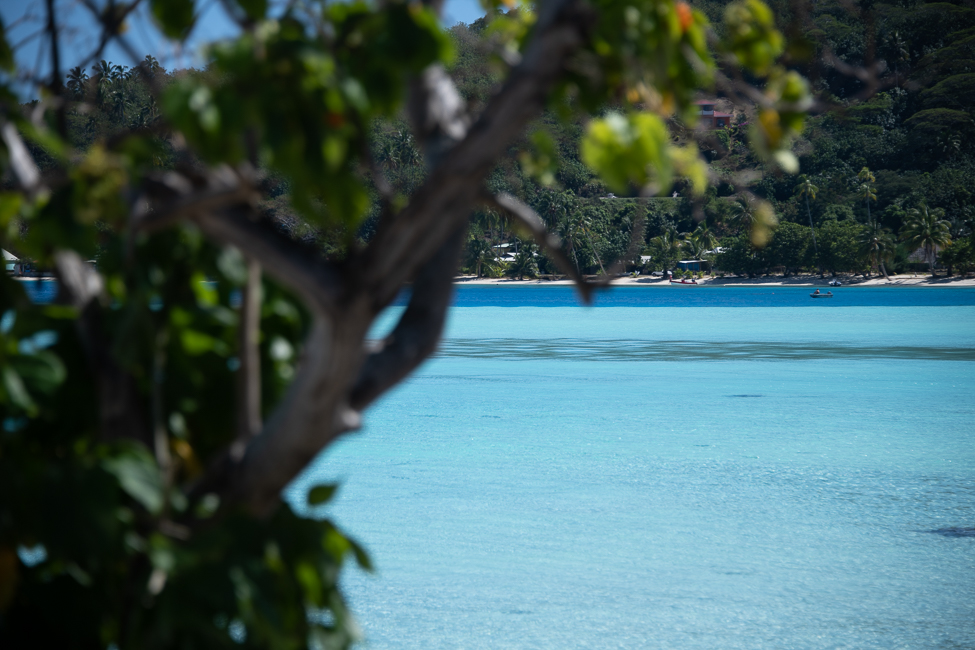
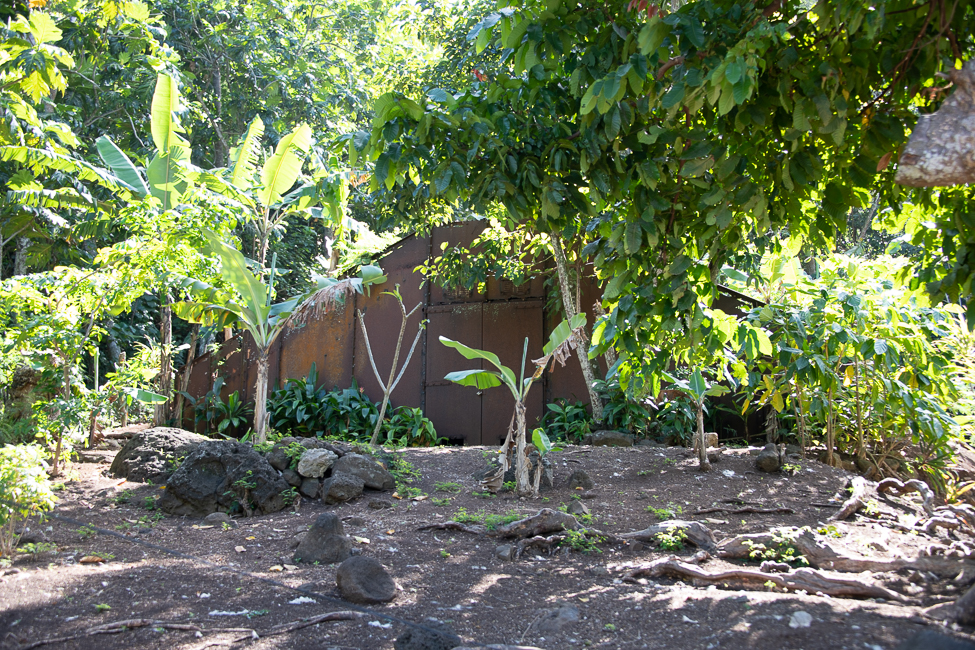
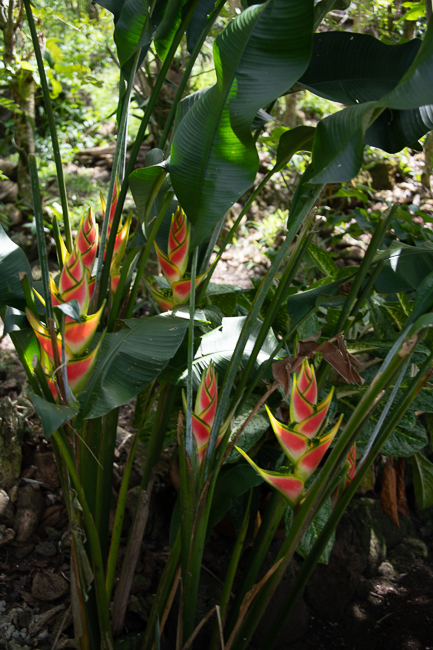 *
*